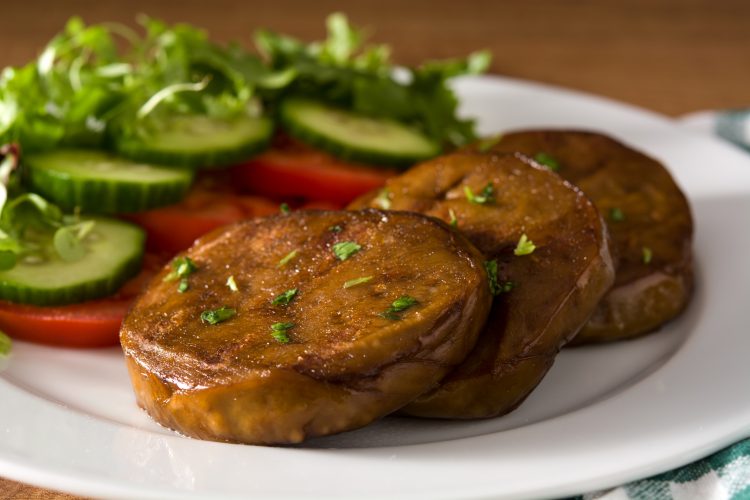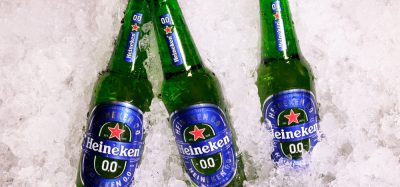Why you can eat 130 seitan burgers (almost) guilt free
- Like
- Digg
- Del
- Tumblr
- VKontakte
- Buffer
- Love This
- Odnoklassniki
- Meneame
- Blogger
- Amazon
- Yahoo Mail
- Gmail
- AOL
- Newsvine
- HackerNews
- Evernote
- MySpace
- Mail.ru
- Viadeo
- Line
- Comments
- Yummly
- SMS
- Viber
- Telegram
- Subscribe
- Skype
- Facebook Messenger
- Kakao
- LiveJournal
- Yammer
- Edgar
- Fintel
- Mix
- Instapaper
- Copy Link
Posted: 28 May 2021 | New Food Magazine | 1 comment
The wheat gluten known as seitan has taken the vegan world by storm in recent years, and now new data reveals that it is significantly better for the environment than other meat competitors.


Seitan has a considerably lower carbon footprint than beef
LoveSeitan, a UK’s manufacturer of seitan products, has released new data from an analysis by Thrust Carbon revealing the carbon footprint of seitan compared to lamb, beef, cheese, chicken and tofu.
The data shows that LoveSeitan’s seitan results in 46.6kg of CO2e (carbon dioxide equivalent) emissions per 100kg of seitan. In contrast, beef produces 6,000kg (per 100kg of beef) and lamb produces 2,400kg of CO2e emissions (per 100kg of lamb) on average.
The analysis also reveals how poorly dairy cheese and chicken score on the carbon footprint rankings. Cheese produces 2,100kg of CO2e emissions per 100kg of cheese, and chicken produces 600kg of CO2e emissions per 100kg of chicken.
Across the board, plant-based foods have a lower carbon footprint than animal products, with tofu producing just 300kg of emissions per 100kg of tofu. But seitan has a much smaller footprint by far, with just 46.6kg per 100kg.
This news arrives soon after the launch of the first ever World Seitan Day (which will take place on October 18, 2021) – a new initiative to celebrate seitan versatility as a vegan protein and honour George Ohsawa, from Japan, the first person to ever coin the term ‘seitan’.
“This analysis provides an excellent example of why seitan is so much better for the environment than animal products. Our seitan is higher in protein, lower in fat, and 130 times more sustainable than beef,” said Steve Swindon, Co-Founder of LoveSeitan.
“We expect this new data will make people think twice before choosing beef, lamb, chicken or cheese for their next meal. Of course, we recommend seitan as the perfect alternative – it’s healthier and has a tiny carbon footprint comparatively.
“If you really care about climate change and carbon emissions, just remember than you can have 130 seitan burgers for the same carbon footprint as one beef burger!”
Related topics
Environment, Health & Nutrition, Ingredients, Proteins & alternative proteins, Research & development, Sustainability










Well, that’s all fine and dandy until one actually examines the industrial process by which wheat gluten (and starches) is extracted from wheat flour. Quite resource-intensive compared with certain legume proteins. Unless LoveSeitan and cohorts obtain their raw material in-house in artisanal batches, and generating no effluents and waste materials.